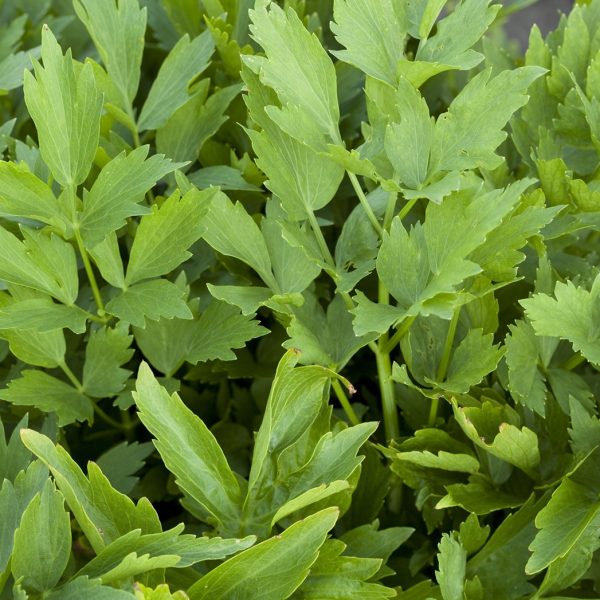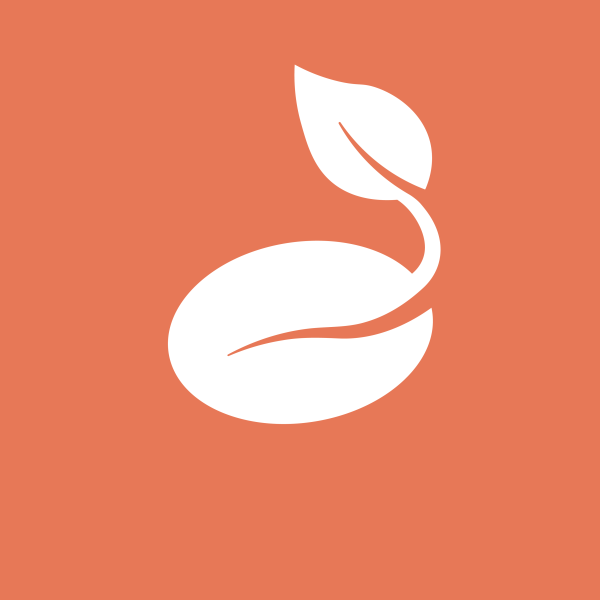-
How does it feel?
Arjuna is a large evergreen tree with typically pink-grey bark that peels away from the main frame of the trunk. It can grow up to 25 metres in height. The leaves can reach lengths of 15cm and the flowers are cup-shaped and a pale yellow. The fruits are fibrous and woody and shaped into five ‘wings’ appearing between September and November. The tree is normally found alongside river banks and is native to central and southern India.
-
What can I use it for?
 Arjuna bark influences an increase in levels of superoxide dismutase, catalase and glutathione levels. This action provides protection against oxidative stress, with a particular affinity for heart tissue. Arjuna also displays a positive inotropic action upon heart muscle, balancing any irregular contractions and promoting a healthy blood pressure.
Arjuna bark influences an increase in levels of superoxide dismutase, catalase and glutathione levels. This action provides protection against oxidative stress, with a particular affinity for heart tissue. Arjuna also displays a positive inotropic action upon heart muscle, balancing any irregular contractions and promoting a healthy blood pressure.Arjuna mediates the inhibition of cholesterol biosynthesis within the liver, improving cholesterol metabolism and also encouraging general hepatic cellular regeneration.
Arjuna has demonstrated anti-bacterial, anti-viral and anti-mutagenic activity against certain strains such as salmonella, E.coli and HIV. In addition, it has also shown the ability to heal damaged and wounded skin cells, and prevent the growth of tumours.
-
Into the heart of arjuna
 Arjuna is first and foremost a cardio tonic. Arjuna is specifically indicated for all heart based conditions, strengthening, nourishing and repairing heart and blood vessel tissue. It will influence a reduction in any inflammation and congestion that may be impairing heart function but also support any emotional tension and anxiety affecting the organ.
Arjuna is first and foremost a cardio tonic. Arjuna is specifically indicated for all heart based conditions, strengthening, nourishing and repairing heart and blood vessel tissue. It will influence a reduction in any inflammation and congestion that may be impairing heart function but also support any emotional tension and anxiety affecting the organ.The regenerative effect that this herb has on the liver, also makes it incredibly rejuvenative to the liver as an organ, improving overall efficiency and metabolism, with the added ability of improving cholesterol metabolism.
Arjuna is also an excellent healer and rejuvenative to skin and bone tissue, supporting the body’s natural healing process with a particular focus upon broken skin and bones and damage caused by chronic viral and bacterial infection.
Arjuna is specifically indicated in angina, congestive heart failure, cardiac arrhythmia, and hypertension. All have showed signs of improving in human clinical trials. It has also been shown to reduce human total cholesterol and triglyceride levels. It reduces inflammation and congestion that can damage the heart. It can be used to treat emotional disturbance and ‘broken heart’. It strengthens the muscles of the heart as well as toning the capillaries and improving flexibility which helps to prevent high blood pressure. It helps to balance the movement of vyana vayu in the heart and regulate circulation.
Arjuna’s affinity for the chest directs it to the lungs and to alleviate productive coughs with copious mucus in bronchitis and asthma. It can also treat haemoptysis influenced by increased heat and inflammation.
Arjuna improves liver function and inflammation, making it highly indicated in cirrrosis.
Arjuna is useful as an alterative for clearing the skin of inflammation typical in acne, acne rosacea, pruritus and urticaria.
The wound healing ability of Arjuna is demonstrated in post-trauma healing of scars, post-operative recovery and repairing fractures. It can also be used internally and externally for healing diabetic ulcers.
The astringency of Arjuna prevents premature ejaculation and uterine bleeding.
-
Traditional actions
Herbal actions describe therapeutic changes that occur in the body in response to taking a herb. These actions are used to express how a herb physiologically influences cells, tissues, organs or systems. Clinical observations are traditionally what have defined these actions: an increase in urine output, diuretic; improved wound healing, vulnerary; or a reduction in fever, antipyretic. These descriptors too have become a means to group herbs by their effects on the body — herbs with a nervine action have become the nervines, herbs with a bitter action are the bitters. Recognising herbs as members of these groups provides a preliminary familiarity with their mechanisms from which to then develop an understanding of their affinities and nuance and discern their clinical significance.
-
Traditional energetic actions
Herbal energetics are the descriptions Herbalists have given to plants, mushrooms, lichens, foods, and some minerals based on the direct experience of how they taste, feel, and work in the body. All traditional health systems use these principles to explain how the environment we live in and absorb, impacts our health. Find out more about traditional energetic actions in our article “An introduction to herbal energetics“.
Western energetics
Ayurvedic energetics
-
Did you know?
Arjuna is also the name of the legendary hero figure of the Mahabharata. He brings strength, fortitude and protection to his family just as Arjuna brings these qualities to the body. Arjuna is also one of the species whose leaves are fed on by a particular moth that produces ‘tassar’ silk; a wild silk that is of great commercial importance.
Additional information
-
Safety
No drug herb interactions are known.
-
Dosage
1–6g/day dried bark or 3–15ml/day of a 1:3 at 45% tincture




























 Arjuna bark influences an increase in levels of superoxide dismutase, catalase and glutathione levels. This action provides protection against oxidative stress, with a particular affinity for heart tissue. Arjuna also displays a positive inotropic action upon heart muscle, balancing any irregular contractions and promoting a healthy blood pressure.
Arjuna bark influences an increase in levels of superoxide dismutase, catalase and glutathione levels. This action provides protection against oxidative stress, with a particular affinity for heart tissue. Arjuna also displays a positive inotropic action upon heart muscle, balancing any irregular contractions and promoting a healthy blood pressure. Arjuna is first and foremost a cardio tonic. Arjuna is specifically indicated for all heart based conditions, strengthening, nourishing and repairing heart and blood vessel tissue. It will influence a reduction in any inflammation and congestion that may be impairing heart function but also support any emotional tension and anxiety affecting the organ.
Arjuna is first and foremost a cardio tonic. Arjuna is specifically indicated for all heart based conditions, strengthening, nourishing and repairing heart and blood vessel tissue. It will influence a reduction in any inflammation and congestion that may be impairing heart function but also support any emotional tension and anxiety affecting the organ.




